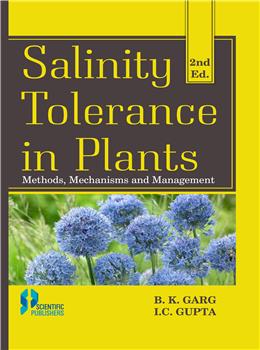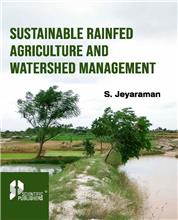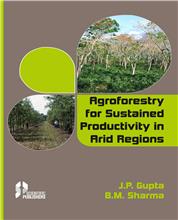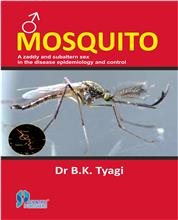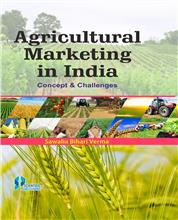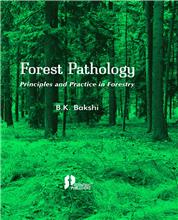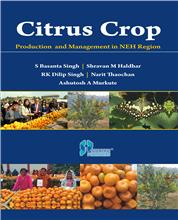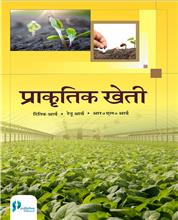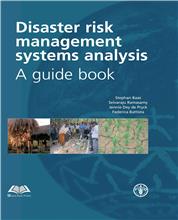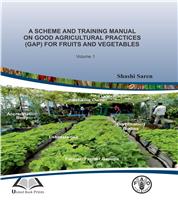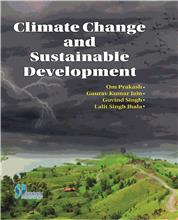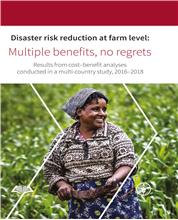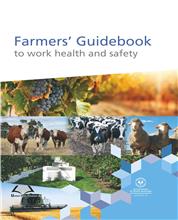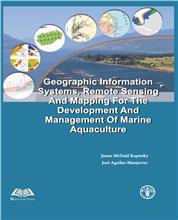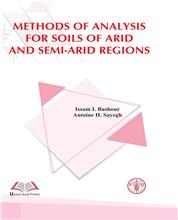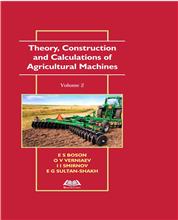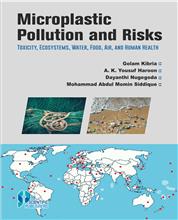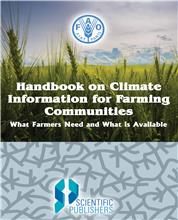Salinity tolerance in plants is a complex problem encompassing numerous morphological, physiological and biochemical processes and adaptations at the cellular, sub-cellular and whole plant levels. The book comprising eleven chapters deals with diverse aspects of salt tolerance including plant response to salinity and sodicity, crop tolerance at different growth stages and criteria for evaluating the same. The mechanism of salt injury viz. osmotic, ionic and nutrient imbalance has been dealt with, adopting an integrated appraoch. Likewise, the recent information on photosynthesis, respiration, carbohydrate, nitrogen and protein metabolism, enzyme dynamics and plant hormones, as well as nodulation and symbiotic nitrogen fixation in legumes has been elaborated comprehensively. Special attention has been given to the interaction between essential nutrients and salinity as it is vital for alleviation of adverse effects of salt stress. The synthesis of knowledge on different mechanisms of salt resistance, including osmoregulation with organic and inorganic solutes has also been presented. Various methods of introducing salt tolerance in plants such as breeding, genetic variations, physiological approaches, tissue culture, somaclonal variation, somatic hybridation and recombinat DNA technology have been discussed. The nature and properties of salt affected soils and groundwaters and principles for amelioration and management of these critical problems have been included in this book. Furthermore, Afforestation and Agroforestry techniques for salt affected soils with emphasis on salt tolerant tree species and suitable tree crop combinations also find their much needed due space in the present book.
